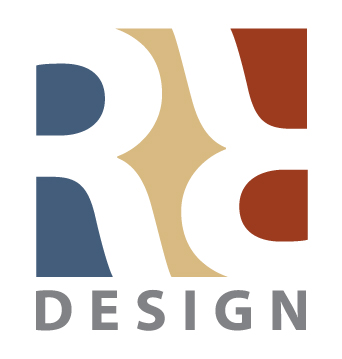/^..^\ DINGBATS /^..^\
(DefinING Blog About Typographic Specifications)
Here's one for the holidays. You may see this on a few greeting cards.
A SWASH is is an embellishment or flourish added to a standard font. Not all fonts have swashes. They're not to be confused with script fonts. (hmm. maybe I'll do a script font next)





